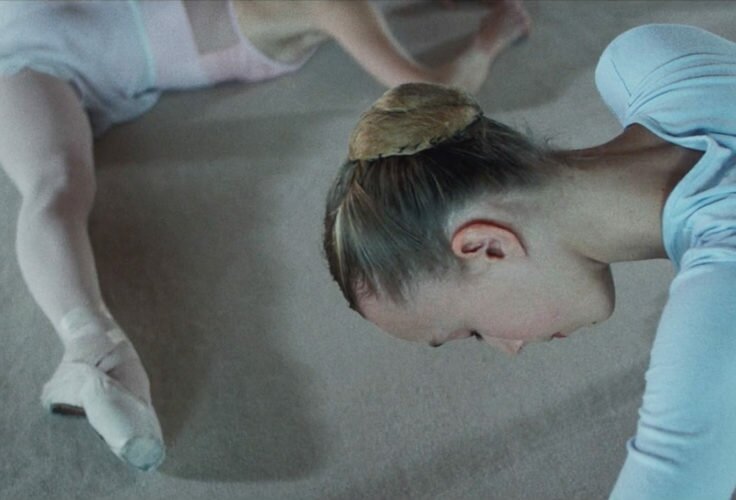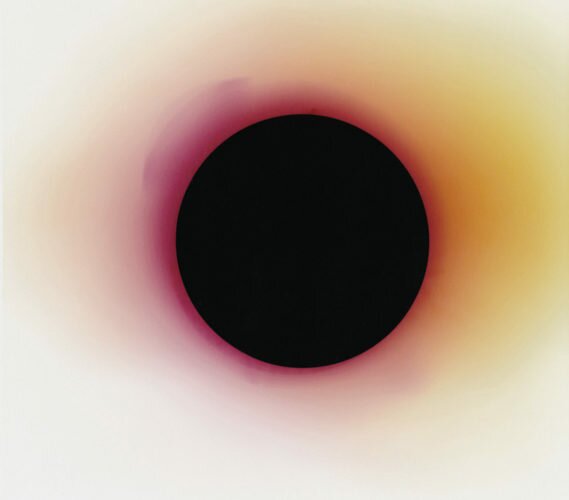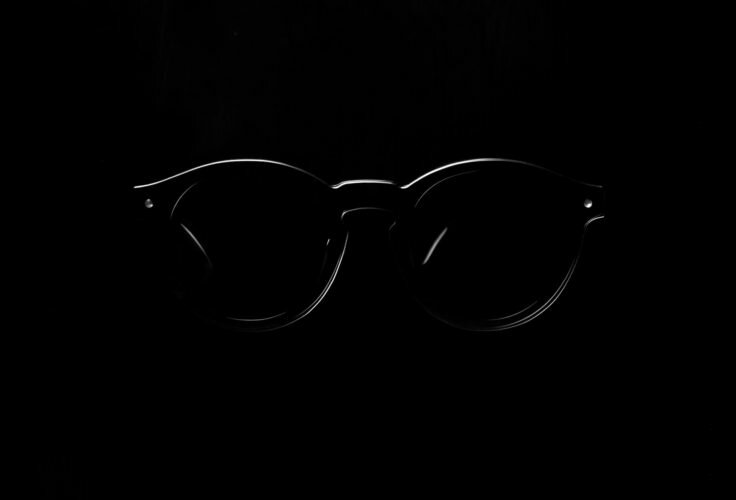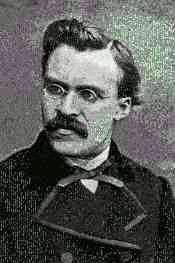Why anything Spanish is always shabby? Even porn is! Aarón Rodríguez Serrano reflects on the shabbiness of adult films made here.
By
Aarón Rodríguez
Serrano
Nostalgia for what we’ve lived always adjusts more easily in the act of looking. All of us who have grown in film institutes know what it is to track down other people’s frames looking for clues about the times we lived, turning each film into a Proust madeleine, a rear-view mirror. Probably no one defined us so well as spectators as Arcade Fire when they sang . Films as doors to enter a reflection of our own face.
Quite the opposite, GIFs are the writing of a time that keeps on coming back, turning over itself. The tragedy of the films we love is that when they finish they always remind us that we’re a bit older and a bit closer to death. GIFs, on the contrary, are a debauchery of present tense that don’t admit romantic melancholy or languid 19th century lady-in-front-of-the-dresser poses: GIF happens all the time and for that reason it promises everything and holds inside itself all the horizons of events of our desire. A film is the desire for a time that won’t come back; a GIF is the time of a desire that promises to be never-ending. Maybe that’s why new generations get along with GIF much better: because they no longer believe that thing about the sense of linearity, the modern project of a world that one inhabited little by little by studying, reading and thinking what ought to be studied, read and thought. The initial monologue in Trainspotting moved from the decaying hitting places of the nineties to a Tumblr page and from there it will come to judge the living and the dead; with the exception, it is well known, that death doesn’t exist in a GIF, not even in those that skilfully capture the real or fantasised murder of a human being.
GIFs are eminently Nietzschean in that they promise an eternal recurrence of themselves, tireless, the experience of everything lived –in their abyss and their grandeur– in a never-ending parade of repetition. We emotionally define ourselves in social networks talking about our pain and our success by exchanging loops, little gestures taken from totality, and thus we prove two things at a time: that totality is absolutely boring –don’t believe anyone who, in 2017, will boast of being totally sure about anything: he might be a psychopath or a very boring guy–, and that we openly reject disappearing from a linear life project that, like many other things, doesn’t represent us. We want time and time again the same piece of the same Proust madeleine, the same kiss, the same scar, the same revolution within our eyes. And we want that loop to be, indeed, a Nietzschean programme: let’s live again the same GIF/the same emotion as it were worthy of being repeated uncountable times, as if time and time again we were to enjoy the same porn blinking, the same Patrick Bateman gesture, the same cat adorably frowning that we desire now –that “cat totality”, of course, end up with the death of the cat, and that’s something that the GIF gets out of the way to prevent us from seeing it.
Patrick Crogan has been saying it for years: we need new technologies that allow us to experiment time in a different way. Each time we share a GIF, the old clock that presided our grandparents’ lordly room shoots itself on the temple and its fall becomes an orgy of rusted machinery and ideologies.






















